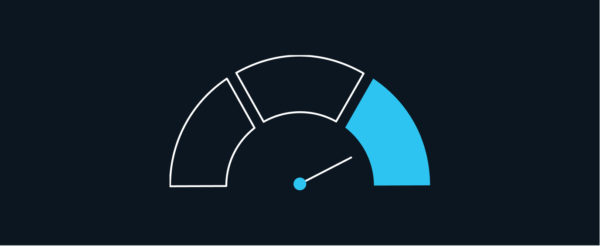Oct 21, 2019
How to Use the Debt Avalanche Method
Organize your debts from highest interest rate to lowest.

You’ve heard of the snowball method for tackling debt. That’s when you take the smallest debt you have and pay it off first, then tackle progressively larger debts. By dealing with your smaller loans first, the theory goes, you’re building confidence about getting out of debt.
But have you heard about the avalanche method? It’s almost the opposite of the debt snowball.
Jargon Hack.
What is an interest rate?

Interest Rate
It’s the amount that’s charged on any unpaid amount, or balance every month. The interest rate is also called the annual percentage rate, or APR, which is the amount your monthly interest translates to annually.
Here’s how it works: With the avalanche method, you list all of your debts such as credit card or auto loans, from the highest interest rate to lowest rate. Then you start paying off the debt that charges the highest interest rate first. After that, you tackle the next-highest interest rate loan, and then gradually work your way up the ladder. The logic behind the avalanche method of paying off debt is that higher interest costs you more money the longer you hold it. So, by paying off the higher interest rate debt, you’ll be saving yourself money in the long run.
- For example, a $100 loan charging 5% interest will cost you $5 in interest annually. The $100 loan charging 10% will cost you $10 a year. After five years, the 5% loan will cost you $25. After five years, the 10% loan will cost you $50—twice as much money.
By eliminating the higher interest debt first, you’re likely to save money.
Special note: Credit card debt is like a loan, extended to you by a bank or some other financial institution on a revolving basis. That means as you repay the debt, generally speaking, you are free to borrow again from your credit line.
Tactics and considerations:
- The money you use to pay off your debts should come from the area of your budget known as your fixed expenses. These are expenses you must pay each month, such as rent or mortgage, health insurance costs, and utilities. (Yes, whether you like it or not, you have to pay your debts each month.) That should be a concrete number, representing the cash you have from your monthly income.
- Next, organize your debts by interest rate amount, from the highest rate to the lowest rate.
- Make minimum payments on all loans except the highest interest-bearing loan.
- After deducting the total amount of your other minimum payments, use the extra money you have and put it toward the highest interest loan.
- Once that’s paid off, you tackle the next highest interest loan using the same method until it too is paid off.
- Consideration: In contrast to the debt snowball method, the debt avalanche may take more patience, since paying down your highest interest rate debt may take longer than paying off your smallest loan.
Jargon Hack.
What is a minimum payment?

Minimum Payment
It is the lowest amount of money you are required to pay each month on an outstanding loan balance.
Debt Avalanche Example:
Let’s say you have $15,000 in debt as follows:
- $5,000 on a credit card; annual interest rate of 18%
- $5,000 for a car loan; annual interest rate of 10%
- $5,000 for a student loan; annual interest rate of 8%
Now, let’s say you’ve determined you have $500 a month in your budget to pay your debts, and your minimum payment for each of your three loans is $30, or $90 total. Next, add up the two loans on which you’ll be paying the minimum (the car loan and student loans, in our example). Subtract that amount from your total:
$500 – 60 = $440
You’ll pay $440 each month on your high-interest credit card debt, which will get you paid off in about a year.
$440 x 12 = $5,280
In addition to paying more on the highest-interest rate credit card, you’ll continue making minimum payments on all the other loans during that time. After that, you apply the same method to your remaining loans. Pay off the car loan first with the majority of your budgeted income for debt, and then the student loan, until all of your debt is paid off.
Whether you use the debt snowball, or the debt avalanche, the important thing to remember is that you should consider having a plan to pay off your debt.
Related Articles

Credit Cards vs. Debit Cards: The Differences Can Add Up

How To Pay Off Your Student Loans Faster

How To Pay Off Credit Card Debt

What Is the Debt Snowball Method?

Planning Your Finances as a Member of the Military

How to Build Credit: Why You Need It and How to Get It





